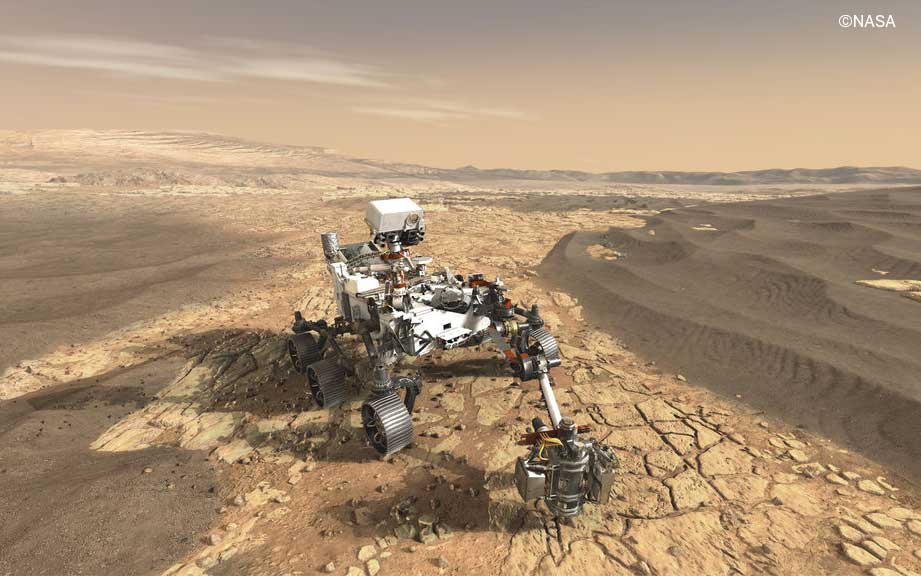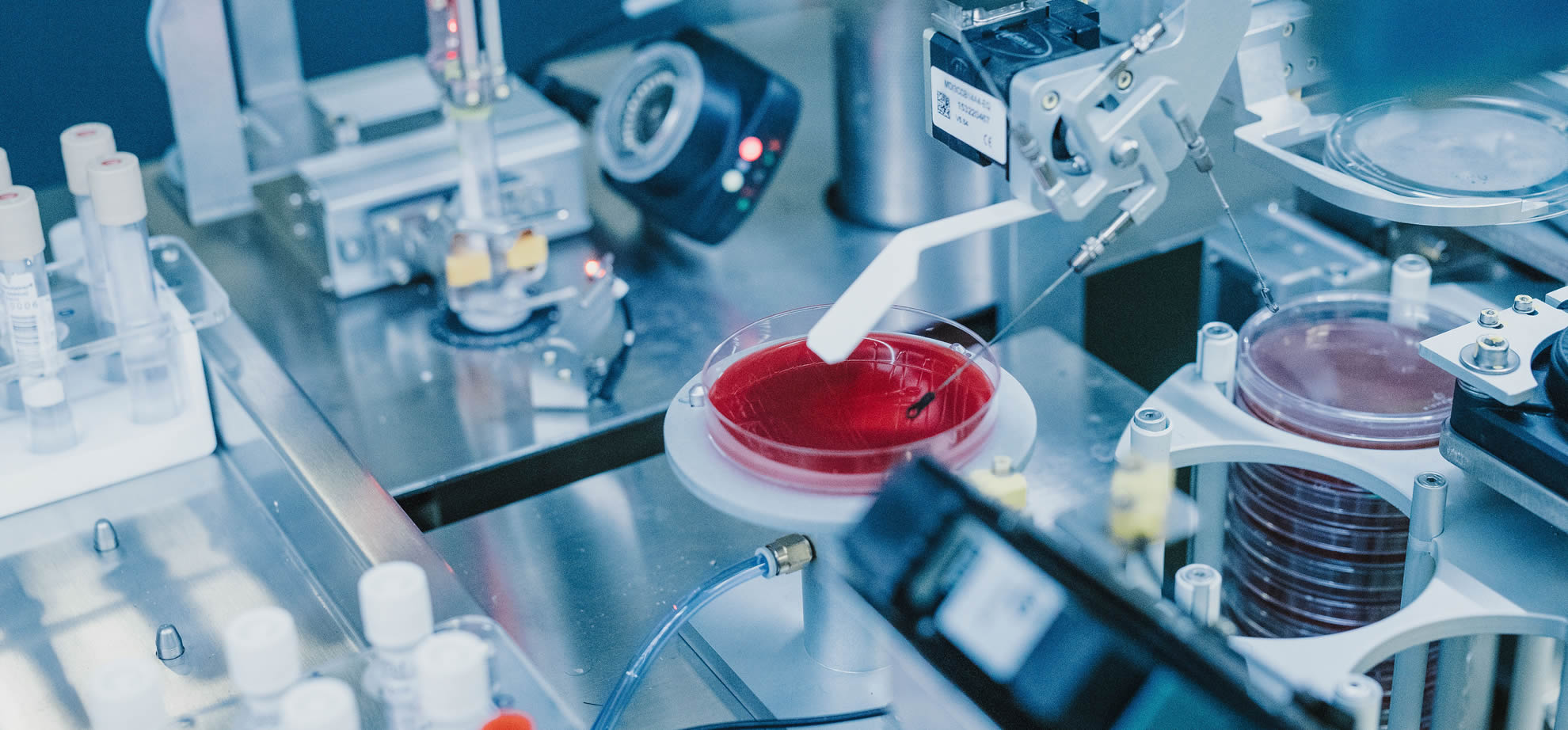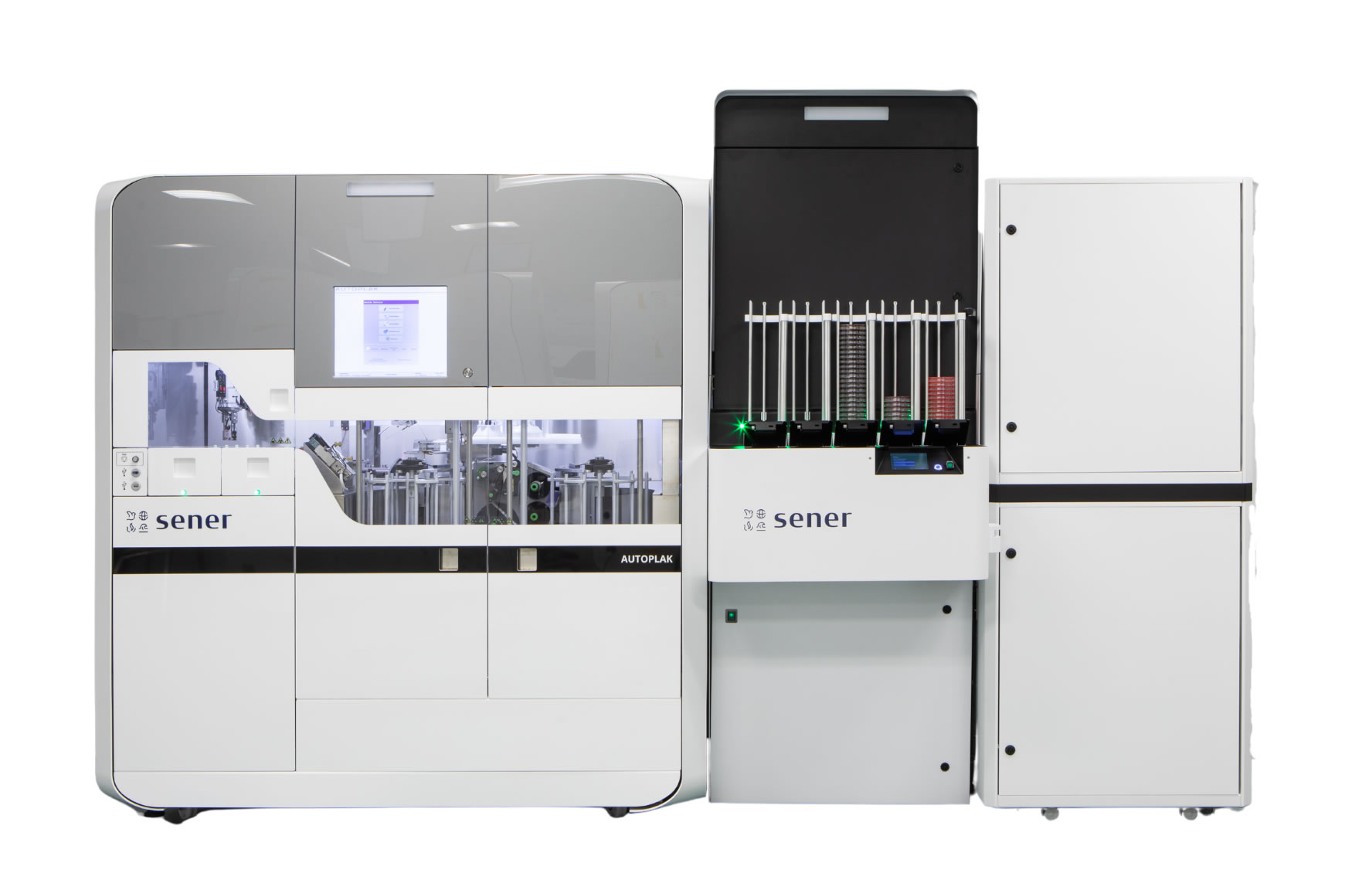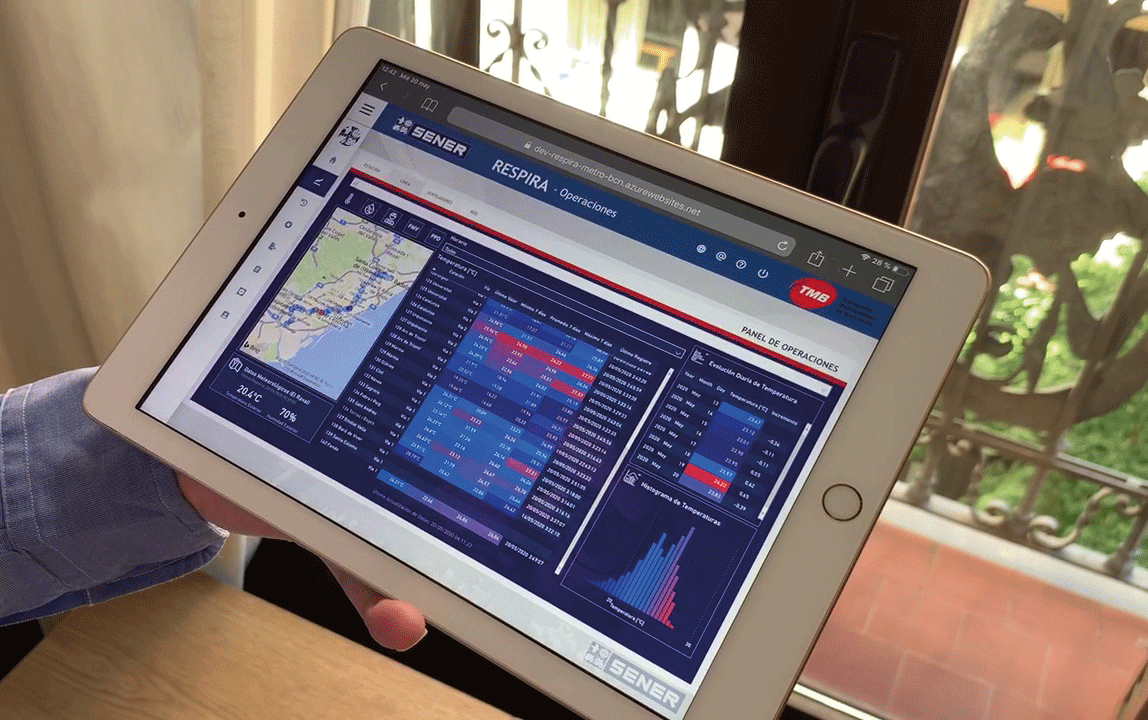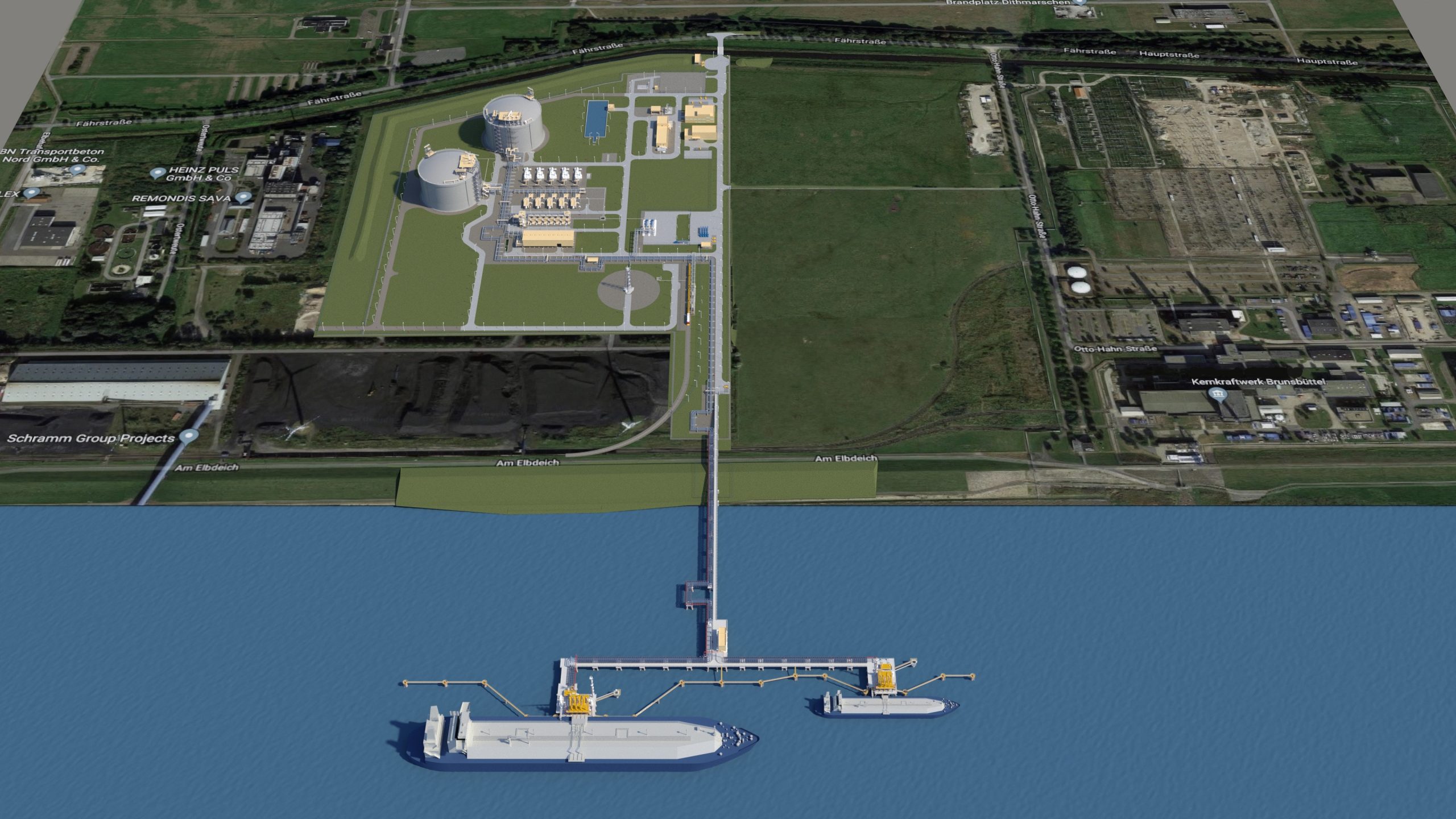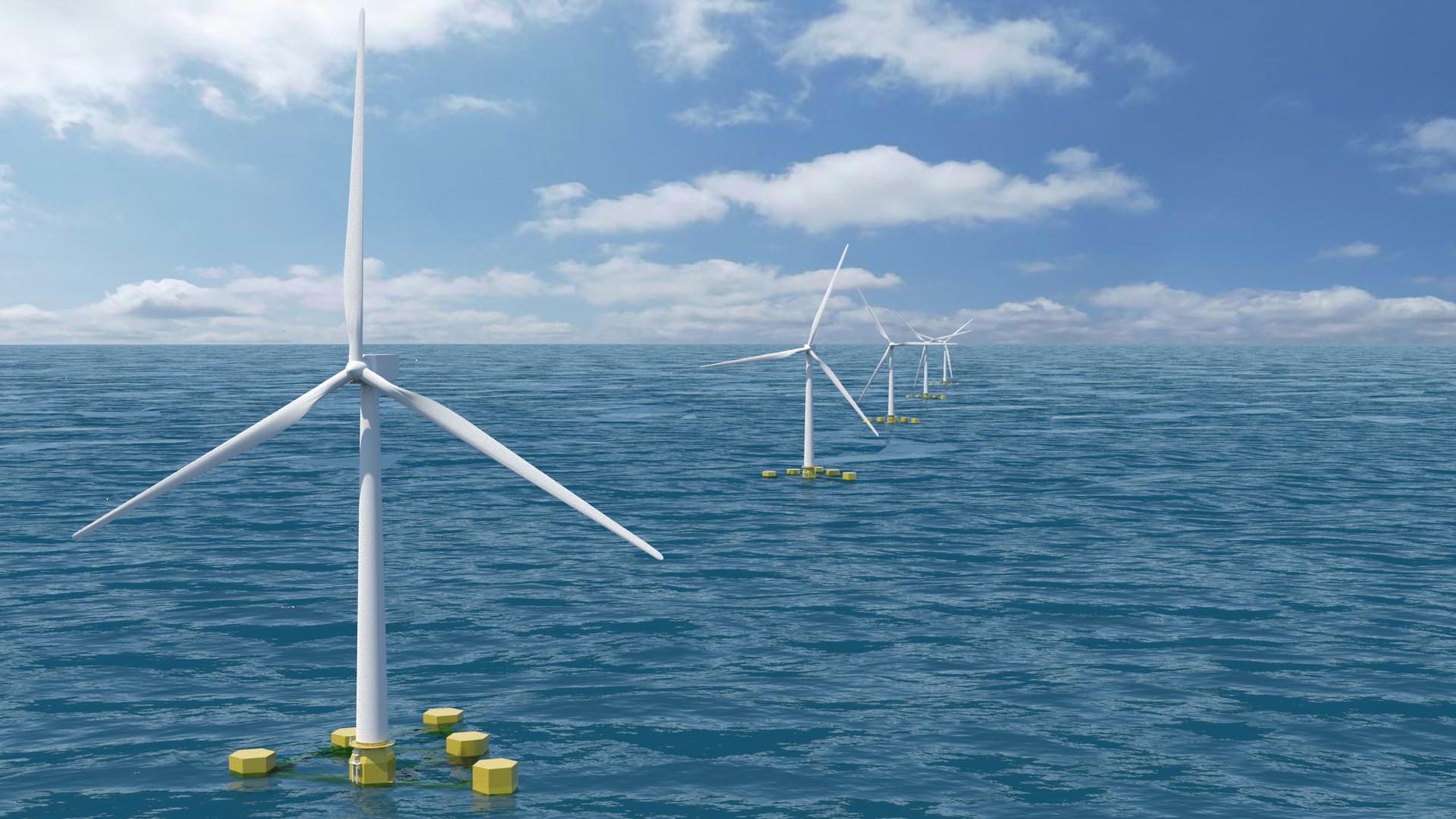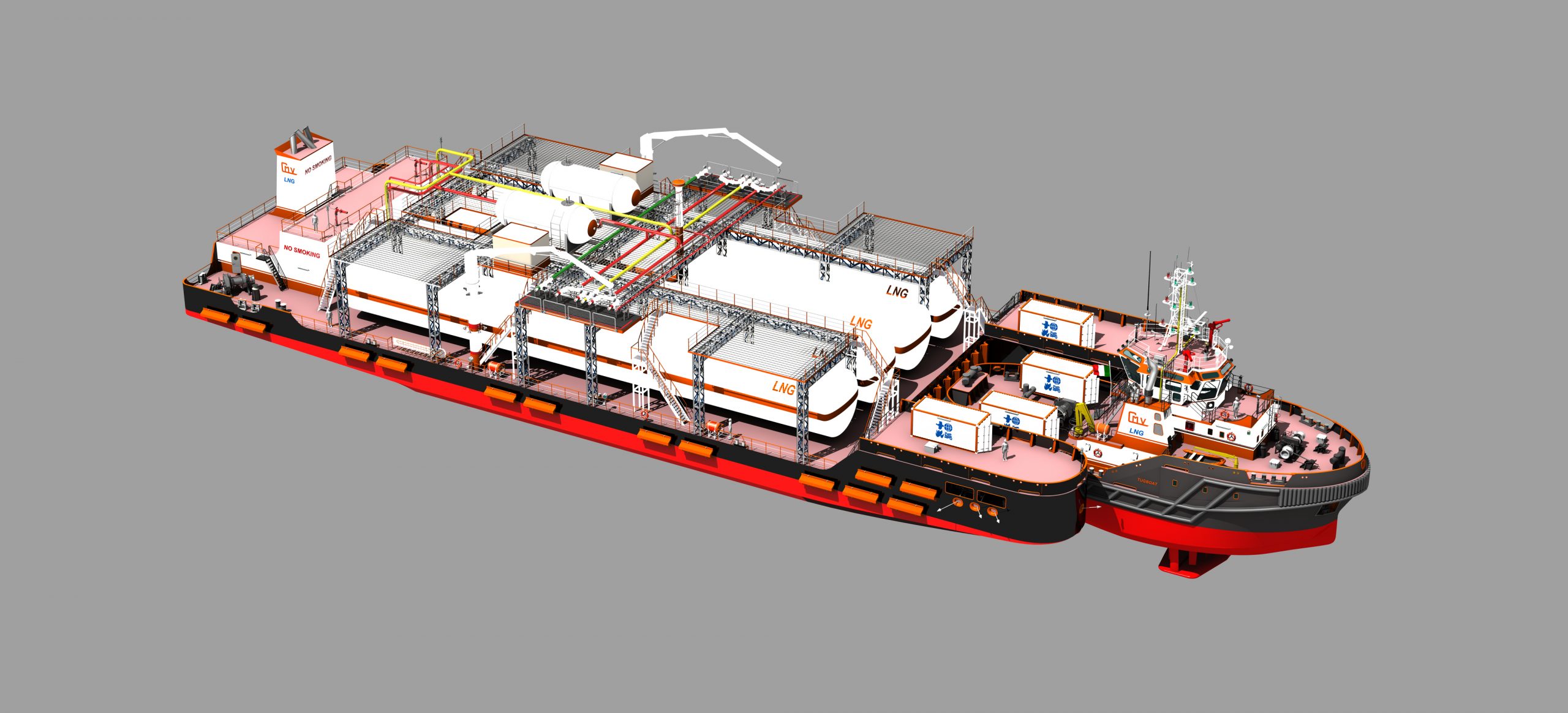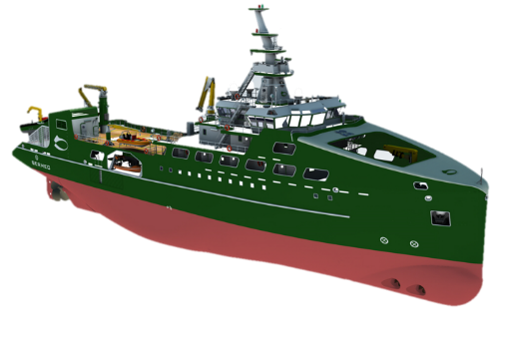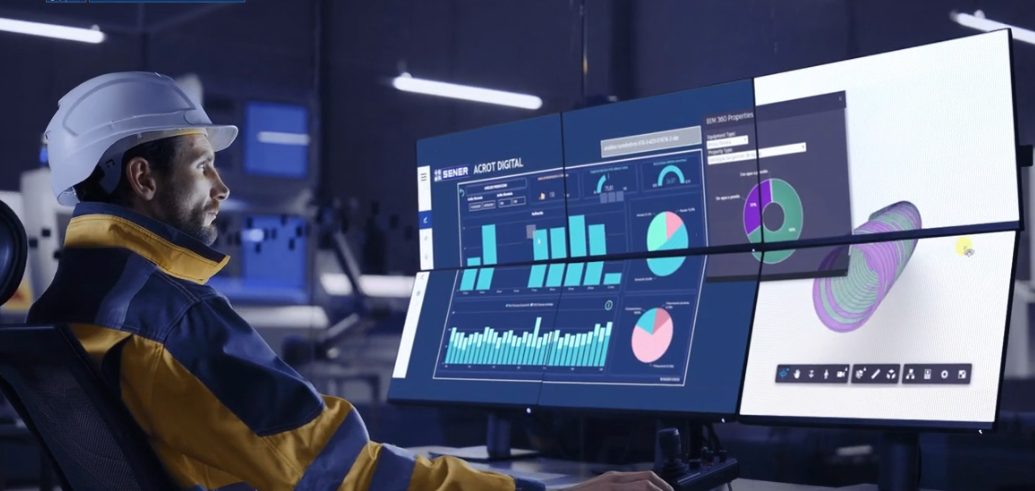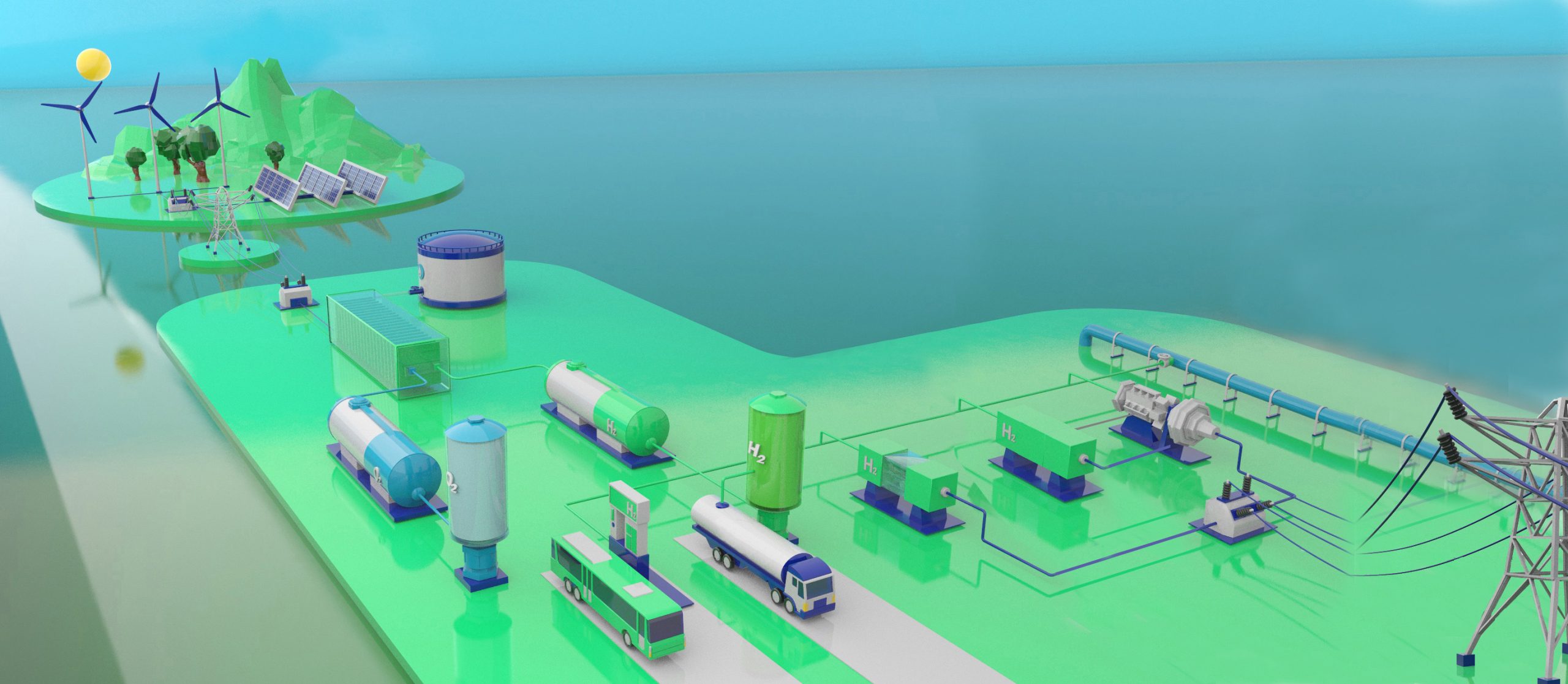Sener is the prime contractor of the attitude (pointing) and orbit control system (AOCS) and leads the design and development of this system with unprecedented pointing stability performance. The AOCS is of maximum relevance and criticality, especially in this mission, from the moment of separation with the launcher, during the acquisition of the most accurate scientific observations, and until the end of the mission.
The Sener engineering and technology group has contributed to the European Space Agency’s (ESA) EUCLID mission by providing some of the most critical and important systems for the space observatory, which will be launched on July 1 from Cape Canaveral (USA). The aim of EUCLID is to provide a 3D-map of large-scale structures, with the third dimension being time. The result will be the most complete map to date of the universe, collecting data that will help to understand why it is expanding at the observed rate, or the nature of dark energy and dark matter, which make up approximately 95% of the universe. The cartography to be produced by the EUCLID mission relies on obtaining visible (VIS) and infrared (NIR) images with accuracies better than anything obtained so far (e.g., stability better than 75 arcseconds), and covering a large part of the extragalactic universe, providing an overview of the universe over the last 10 billion years.
Sener is providing an essential contribution to the EUCLID mission, in which acts as prime contractor the attitude (pointing) and orbit control system (AOCS), with its unprecedented pointing stability performance, the high gain antenna deployment and pointing mechanism (ADPM), and the secondary mirror (M2M) re-focusing system.
The AOCS system, led and provided by Sener, stabilizes, and controls the attitude (pointing) and performs the maneuvers which controls the spacecraft orbit and attitude. It primarily includes the sensors (navigation), actuators and the necessary software. Specifically, it incorporates a newly developed, fine-guidance (star) sensor integrated into the telescope to maximize accuracy, the most advanced inertial sensors, as well as the star, sun and angular speed sensors. It also combines and alternates the use of its own reaction wheels with the use of extremely small micro-propulsion thrusters during the science phases. With a delicate processing of the sensor information and using highly advanced control and management logic, the AOCS can achieve unprecedented pointing stability during observations, as mentioned above, and by sequencing very frequent and wide range maneuvers, it can obtain the desired coverage and quality of observations with high levels of on-board autonomy.
Sener is developing the AOCS system in close cooperation with Airbus Netherlands and with the prime contractor of the spacecraft (Thales Alenia Space Italy), and through this collaboration, Sener has been involved in the development of the mission since the times when design began in 2015 and will continue with the participation until the orbit and attitude acquisition are confirmed in-flight, and the required performance will be verified. This includes intense involvement in the preparation and execution of the launch, such that a rapid reaction is guaranteed in case of need.
Sener has also designed a mechanism of critical importance to the mission, namely the ADPM (Antenna Deployment and Pointing Mechanism). Designed and manufactured by Sener, it is in charge of deployment and re-pointing of the high-gain antenna, which allows the transmission to the operations center on Earth of the vast amount of information generated during the observations. The ADPM consists of a set of actuators located on three axes: one deploys the antenna, while the remaining two determine its pointing. Each one has rotary joints for microwave transmission based on Sener technology. The mechanism is part of the communications system being developed by Thales Alenia Space Spain.
The antenna on the EUCLID satellite will send to Earth a vast amount of data resulting from its analysis of the universe. The data transmission and the software to process them are thus key elements of the mission. More than 1,200 professionals from over 100 laboratories in 15 countries will analyze this data. It is estimated that over the mission’s 10-year duration, nine research centers from different countries in the EUCLID Consortium will process over 10 petabytes of raw images, the equivalent of 2000 years of HD video. The goal is to publicly share the entire EUCLID mission database with the scientific community in 2028. Sener has also provided the TTC omnidirectional antennas in X-band, in charge of communications during the non-scientific and safety phases of the mission.
Finally, Sener designed and delivered the three-degree-of-freedom mechanism (M2M) that allows the secondary mirror to be refocused, which is needed to acquire the images with sufficient quality once the entire optical instrument is cooled to a stable temperature of 100 degrees kelvin (-173 degrees Celsius). The refocusing relies on three linear actuators that have a resolution of 50nm. These actuators must work at cryogenic temperatures. In addition to designing the mechanism, Sener delivered the electronics that command it, located on the warm side of the observatory, and the wiring between the mechanism and the electronics. This wiring must have a very low thermal conductivity so that the optical instrument can reach the cryogenic temperature with a minimum consumption of the cryostat that has to cool it down and, more importantly, keep it stable at the cryogenic temperature.
Diego Rodríguez, Space Director at Sener, notes that “it is an honor to contribute to the EUCLID mission by providing our technical skills and critical components for its success. The launch is the culmination of years of work and collaboration between different actors and system integrators, and we are proud to be one of them.”
 About us
About us About us / section
About us / section Markets
Markets Markets / section
Markets / section Projects
Projects Careers
Careers Careers / section
Careers / section
